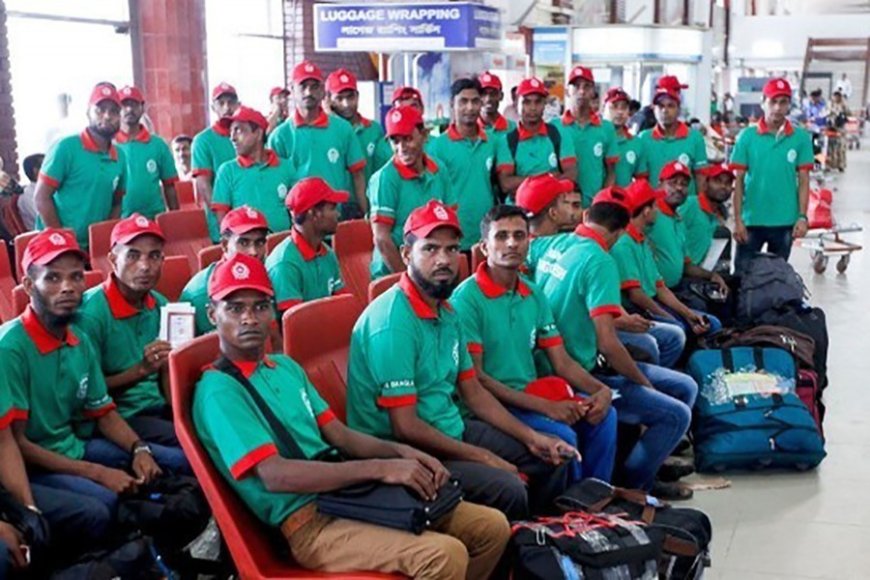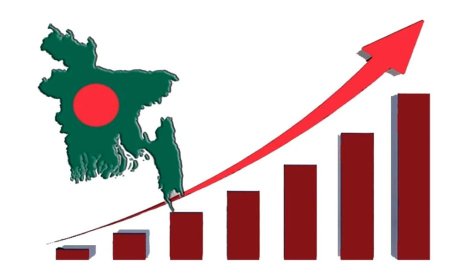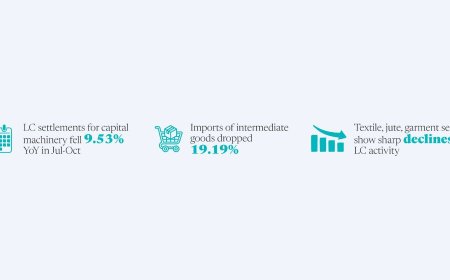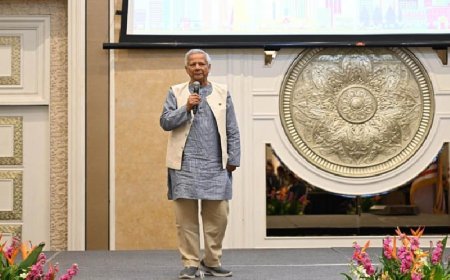A report reveals that Bangladesh experienced a notable decline in labor migration in 2024
A report reveals that Bangladesh experienced a notable decline in labor migration in 2024

According to Ami Probashi's Annual Report, Bangladesh saw a significant decline in overseas migration in 2024, with the total number of migrant workers dropping to 1,009,146—representing a 27.4% decrease from 1,390,811 in 2023.
Despite this decrease, a notable trend emerged: female participation in Bureau of Manpower, Employment, and Training (BMET) registrations nearly doubled compared to the previous year, indicating a shift in gender dynamics in overseas employment.
Saudi Arabia remained the primary destination for Bangladeshi migrants, accounting for 62.17% of total migration, with approximately 627,000 migrants heading there. This continued preference is largely due to high demand for both skilled and unskilled labor, particularly in infrastructure development.
In contrast, Malaysia, the second-largest destination, experienced a decline in migration numbers, with only 93,000 workers migrating there in 2024. This drop is attributed to changes in Malaysia’s foreign labor policies, which have made migration more restrictive. A noticeable decline was observed after May 2024.
Migration trends were also affected by broader socio-economic and political factors. The July uprising and the resulting economic instability may have contributed to the slowdown in migration, as uncertainty over job security and future opportunities likely discouraged many potential workers from seeking employment abroad. Additionally, General Training Enrollment—an indicator of skilled workforce preparation—plummeted from 236,270 enrollments in 2023 to 112,166 in 2024, reflecting changing trends in job preparedness and demand for overseas employment.
Female registration at BMET increased from 2.78% in 2023 to 4.79% in 2024, reflecting growing interest and opportunities for women in overseas employment.
The report also highlights a shift in preferences among female workers, with more women enrolling in tech-related training courses, such as computer operation, graphics design, and AutoCAD drafting, moving towards skilled professions rather than traditional domestic roles. Over 700 female workers also migrated as 'skilled workers' in 2024, signaling a move toward higher-paying, professional roles.
Experts suggest that improved training programs, gender-inclusive policies, and better foreign labor agreements could help revitalize the migration sector, increase skilled labor migration, and ensure sustainable remittance flows in the future.
What's Your Reaction?




















































































